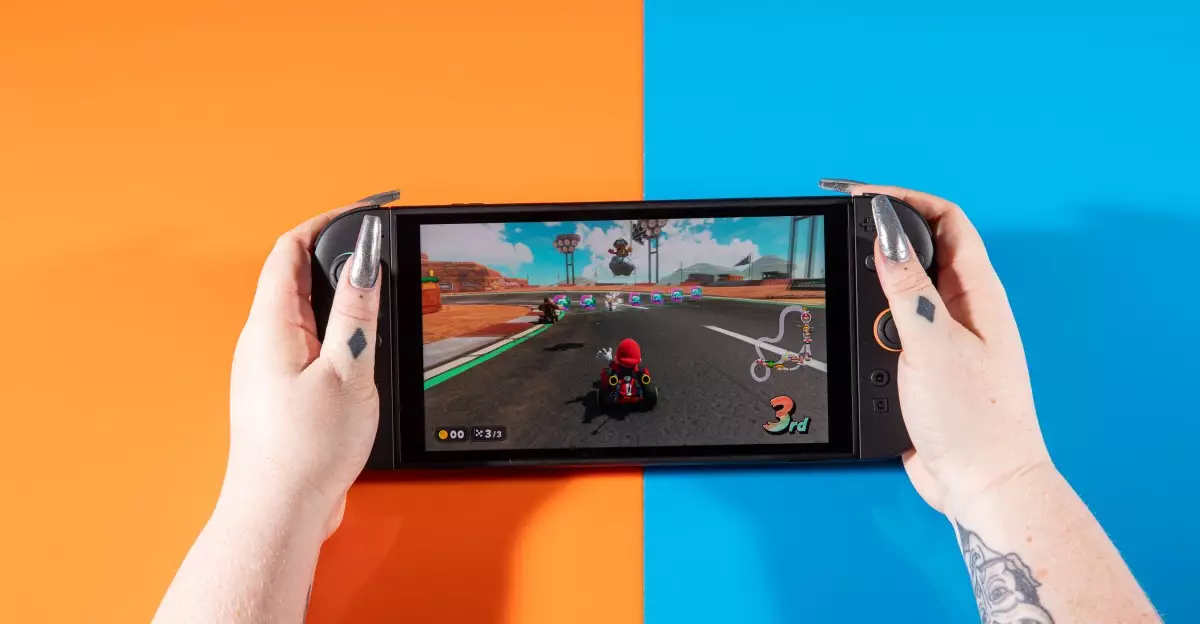For years, gaming enthusiasts have grappled with the frustrating phenomenon of high-demand consoles selling out within minutes, leaving many hopeful players empty-handed and perpetually waiting for restocks. The launch of the Nintendo Switch 2 initially seemed to follow this familiar pattern, with supply constraints and a chaotic preorder process that echoed the launch chaos of early PlayStation 5 or Xbox Series X releases. However, recent developments have dramatically defied these expectations, revealing a shift in how major gaming hardware is managed and distributed.
The most remarkable change is the console’s current availability. Instead of vanishing from online shelves overnight, the Nintendo Switch 2 has been consistently available across multiple retailers like Best Buy, Target, and Walmart. Even Amazon, which traditionally maintains reserved or invitation-only purchase options at launch, has begun offering the device more openly. This newfound accessibility demonstrates Nintendo’s strategic adjustment, likely aiming to capitalize on strong demand by maintaining a steady supply rather than perpetuating artificial scarcity.
Strategic Patience and Supply Chain Innovation
A key factor in this unexpected availability is Nintendo’s decision to delay the Switch 2’s initial planned launch into late 2024. According to reports from Nikkei, this delay was not a setback but a calculated move to ramp up production and address supply chain bottlenecks—an acknowledgment that the gaming industry’s recent history of shortages has hurt consumer trust and enthusiasm. By choosing to build a healthy stockpile in advance, Nintendo appears to be setting a new standard for product launches, where meeting consumer demand takes precedence over theatrical scarcity.
This approach reflects an astute understanding of consumer sentiment and the importance of user experience. No longer content with the frustration of hasty buy-and-sell cycles, gamers are now benefiting from a less stressful purchasing environment. The result is an ideal scenario for Nintendo: an increase in unit sales, happier customers, and a stronger foothold in the competitive console market.
Sales Milestones and Market Impact
The impact of these strategic shifts is evident in the remarkable sales figures. Within just the first month in the US, Nintendo shifted 1.6 million units—an extraordinary feat considering its $449.99 price point, and the higher $499.99 bundle with Mario Kart World. Globally, over 3.5 million units sold during the initial four days, setting an impressive record as the fastest-selling game hardware in US history. These figures challenge the conventional narrative that high price tags deter consumers, suggesting that demand remains robust when supply aligns with consumer expectations.
Furthermore, the launch of exclusive titles like Donkey Kong Bananza seems to have boosted sales momentum, reinforcing Nintendo’s ability to stimulate interest beyond just hardware availability. The company’s decision to delay and bolster its stock may have prevented the kind of backlash seen during early 2020 launches, where scarcity fueled scalping and frustration.
Implications for the Future of Gaming Hardware
This new reality—where iconic gaming consoles are accessible without frantic hunting or inflated prices—signals a potential paradigm shift in the gaming industry. It suggests that with strategic planning, supply chain optimization, and perhaps a more mature approach to product launches, major players can avoid the chaos of shortages and scalping. For consumers, this translates into a more positive and predictable experience, possibly setting a new benchmark for how future consoles will be released.
While skepticism remains warranted—manufacturers may revert to old habits if demand fluctuates—current trends hint at a future where gaming hardware is more readily available, fairer, and genuinely consumer-centric. Nintendo’s recent strategy could inspire competitors to reconsider their launch tactics, ultimately benefiting the millions eager to experience the latest in gaming innovation.

